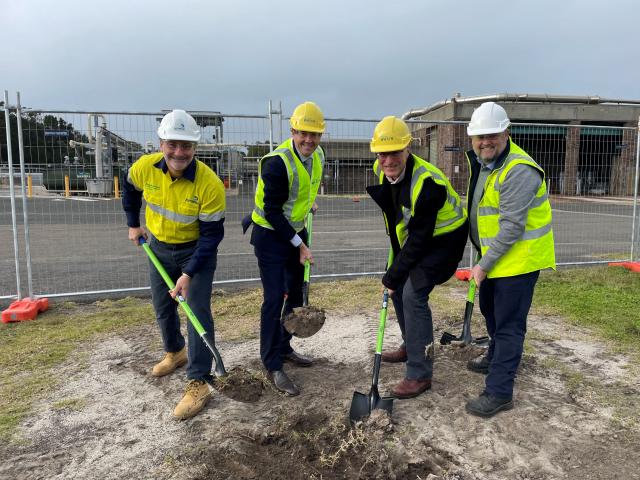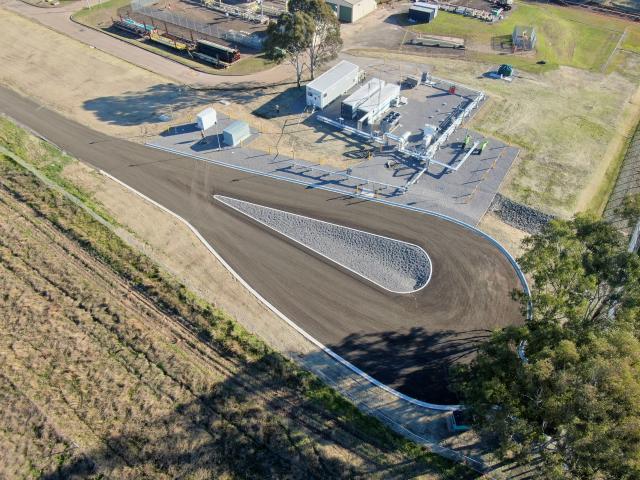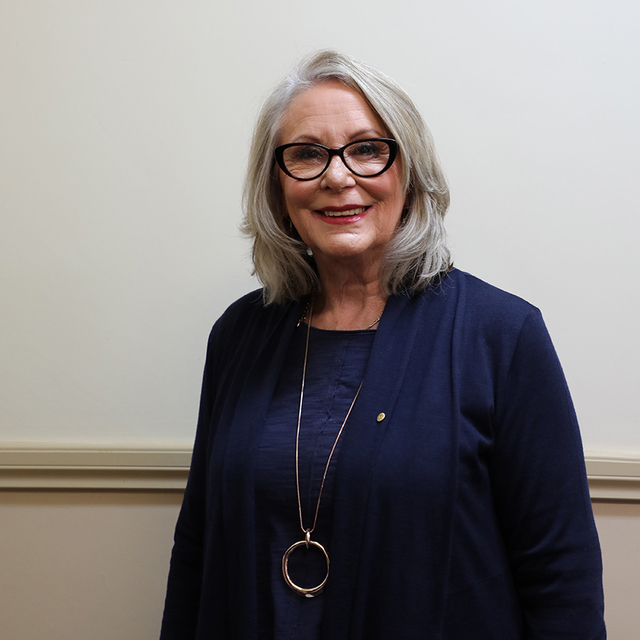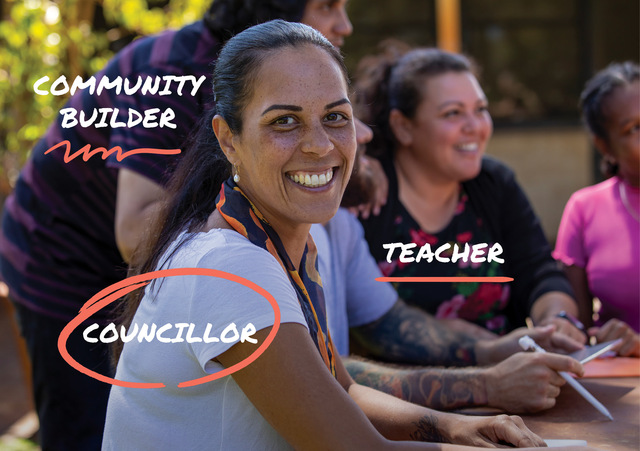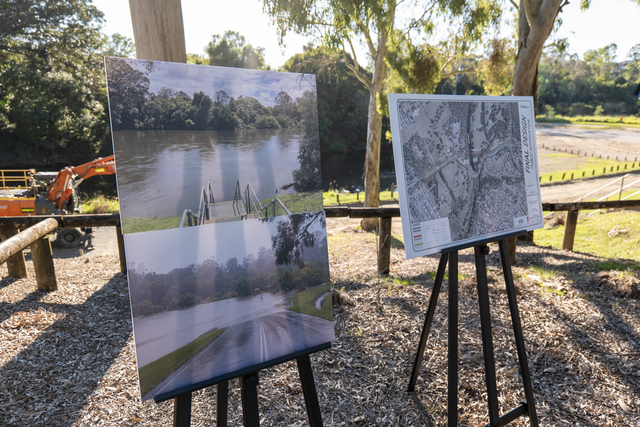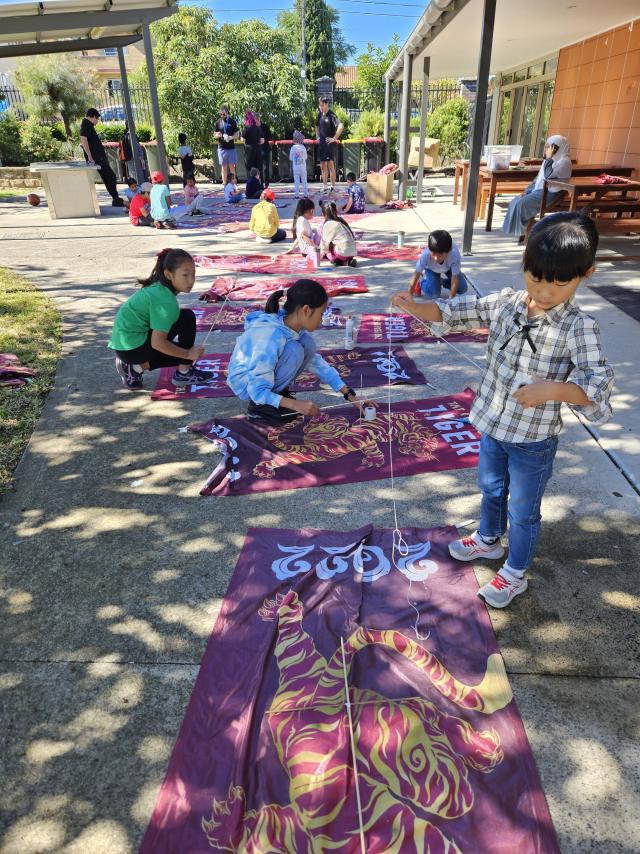When Australians think about renewable energy, solar panels, wind turbines and renewable electricity probably spring to mind.
However, considerable work is underway to develop an Australian renewable gas industry, providing more options for households and businesses to reduce their carbon footprint.
Energy infrastructure company, Jemena, which owns and operates New South Wales’ gas distribution network, is focusing on a renewable gas future with projects including its Western Sydney Green Hydrogen Hub, and Malabar Biomethane project, both co-funded by the Australian Renewable Energy Agency.
Green hydrogen is generated using renewable electricity to split water (H2O) into hydrogen (H2) and oxygen (O), through a process called electrolysis. Jemena’s Renewable Gas General Manager Peter Harcus says the Western Sydney Green Hydrogen Hub is already injecting the renewable gas into the NSW gas network.
“Over 23,000 of our residential customers, 100 commercial customers, and seven industrial customers are already using a mix of natural gas and green hydrogen,” Peter says.
Hydrogen offers huge potential, for transport, industry, and residential use, both here and as an export. Considerable work is underway to develop and invest in the technology and infrastructure, as part of Australia’s efforts to achieve net-zero emissions by 2050.
Biomethane – creating energy from waste
Carbon-neutral biomethane is generated from sources like wastewater, agricultural waste, household green waste and landfills.
“Biomethane can be used in exactly the same way – and in the same cooktops and hot water systems – as natural gas today,” Peter says.
“It’s already successfully used in gas networks in Europe and the United States, as part of their efforts to decarbonise.
“As a first Australian step, we’re partnering with Sydney Water to generate biomethane at the Malabar Wastewater Treatment Plant, to generate enough renewable gas for 6,300 homes by the end of this year.
“We’ve also identified enough potential sources of biomethane, from landfills, agricultural waste and wastewater, that if utilised, could meet the gas demands of all 1.5 million NSW residential customers.
“We know councils are great champions of developing local circular economies, so we’re planning to engage with councils and green waste, wastewater and landfill operators to discuss unlocking these potential local renewable energy resources.”
Australia’s future energy system
Renewable gas is still in its early days. However, conservative projections show a future energy system which continues to use Australia’s extensive existing gas infrastructure to transport renewable gases, complementing renewable electricity, is likely to provide increased energy security, and be more cost effective than full electrification of Australia’s energy system.
For more information, visit gorenewablegas.com.au

